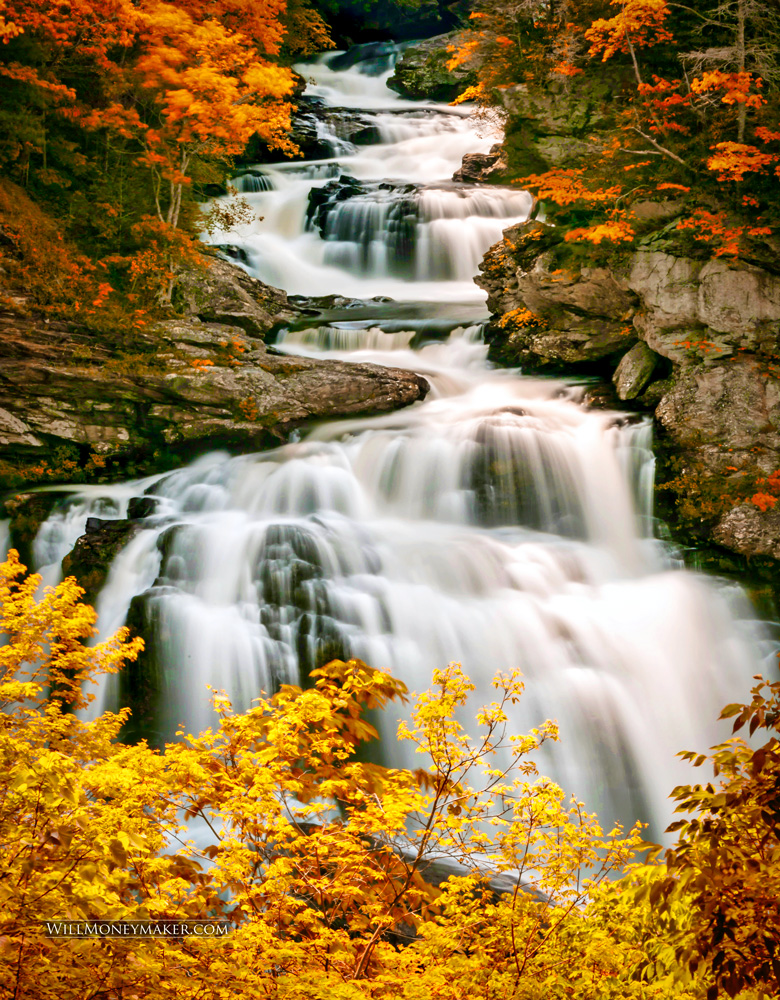Photography is due for another revolution—and most likely, sooner rather than later. In fact, it may already be underway and we just don’t quite see it yet. Why do I think that a revolution is coming? Well, the short answer is because history repeats itself.
You see, if you look back over history, photography has gone through several very definitive growth stages. The first camera obscuras were made millennia ago, with the oldest historical mention of them going back to China around 500 BC. Leonardo da Vinci improved on the technology with designs for lenses. Early film creation started in the 17th century, and then this again was revolutionized when Niepce created the first photograph out of sheet metal and film chemicals in 1827.
From there? Progress quickened. The daguerreotype shook things up again, becoming the first photographic medium readily available to the masses during the 1840s. By the 1860s, photojournalism was a prominent medium as photographers documented wars and other events. In 1880s and 1890s, Kodak was responsible for another revolution, marketing a camera that was easier to use along with both rolls and sheets of film. The 35mm camera came about in 1913, shaking up the photography world yet again—and in the 1950s, yet another revolution with interchangeable lenses.
You can see what I mean. Every so often, something new comes about that fundamentally changes the way photographers do things. The advent of color film, the rise of digital photography, and so on.
Well, now here we are, roughly 40 years into the digital era. Over those four decades, the technology has definitely improved. Those first digital cameras created low resolution images, had limited storage, short battery life, and a whole host of other issues that have been greatly improved with modern technology. Software has improved at the same pace, too.
But, since the start of the digital revolution, though we have seen many, many improvements to the technology, we haven’t seen anything that has fundamentally changed the way we approach photography. Digital cameras today are much more powerful tools, and the software we use to process those images has more to offer us, but by and large, this technology still works the same way and does most of the same things that it could do 20 or 30 years ago.
So that’s why I think that photography is due another revolution—and probably sooner rather than later. It seems that every few decades, something major comes along to shake up our way of doing things, and a few decades have passed since the digital revolution. The question becomes, then, what will this next revolution be? It’s an interesting question to ponder. Maybe it will be some sort of new technology that we can’t yet begin to imagine, same as photographers in the 1950s probably never dreamed of a day when they wouldn’t need rolls of film. Or maybe the next revolution will be something else entirely, something that doesn’t revolve around technology, but rather around the art itself. That’s what I’ll be discussing next time around!





